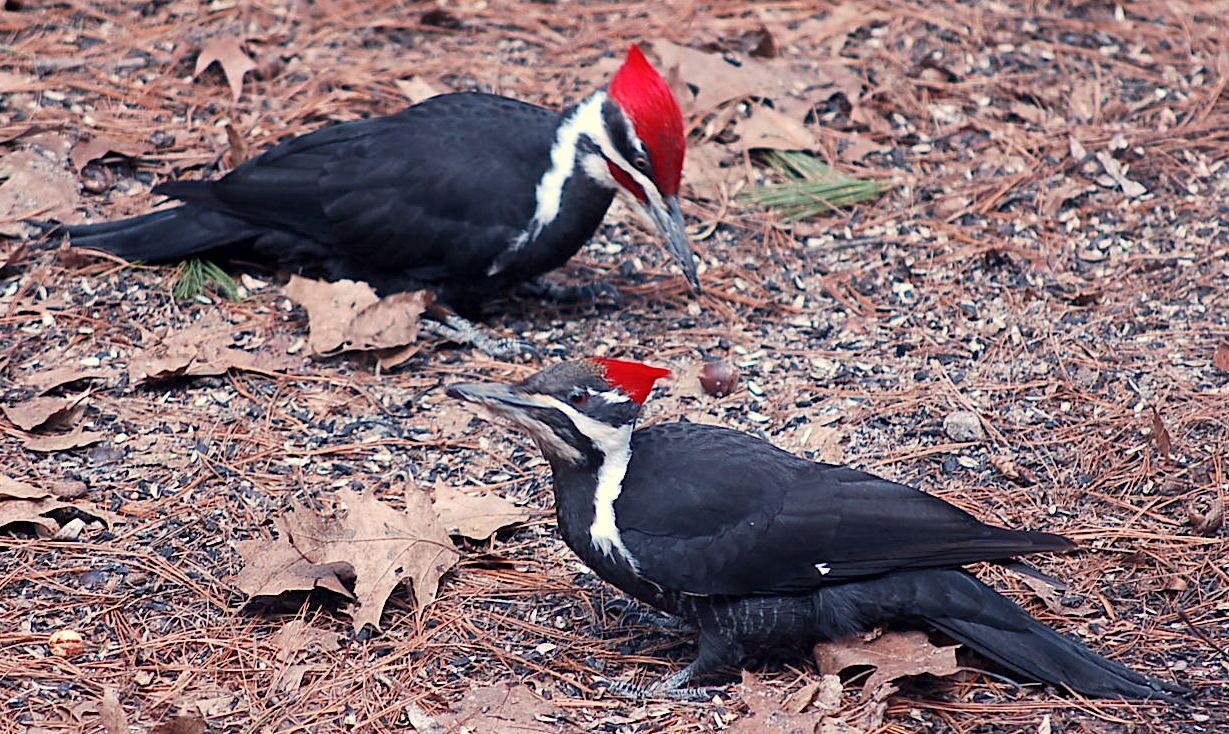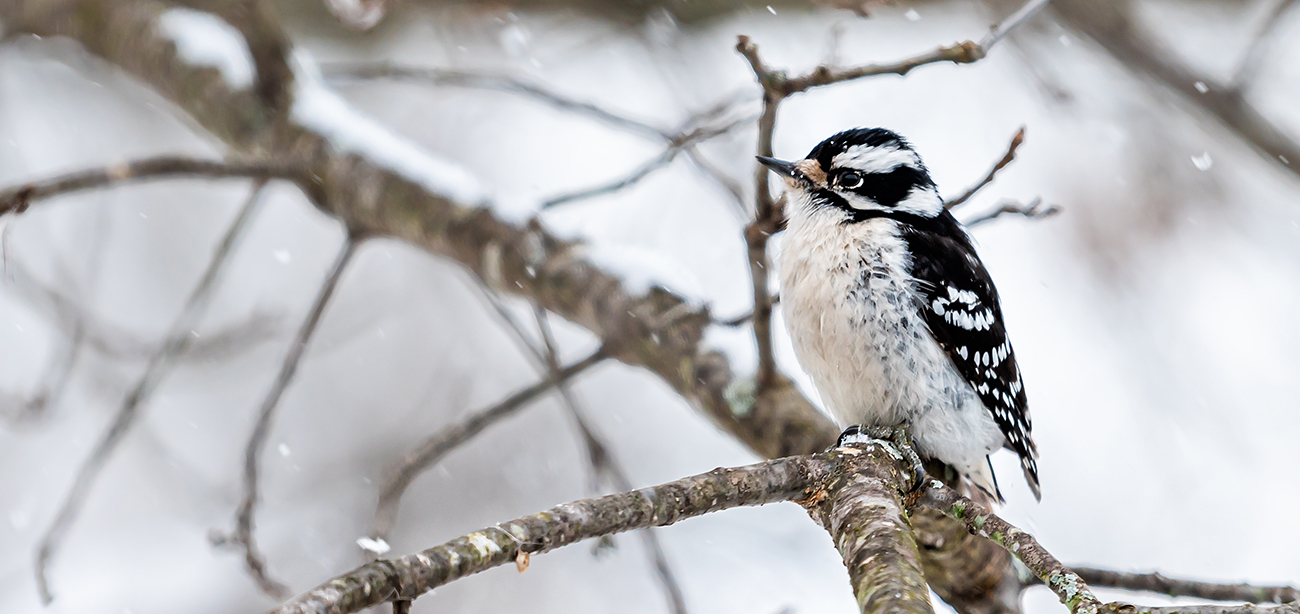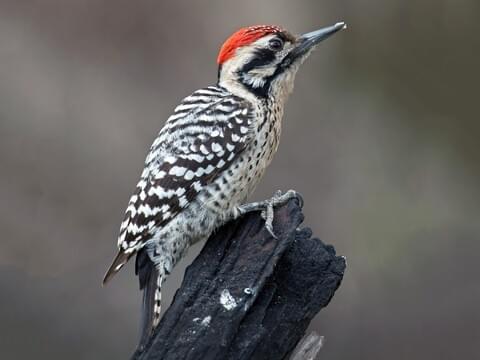Woodpeckers in Florida: Recognition Tips and Environment Preferences
Wiki Article
Discover the Interesting Globe of Woodpeckers: Whatever You Required to Know
The world of woodpeckers is a realm full of special behaviors, intricate adaptations, and a varied array of species. From their environments and circulation patterns to their feeding habits and specialized physiological functions, woodpeckers have long captivated the rate of interest of ornithologists and nature lovers alike. Comprehending the complexities of these remarkable birds gives a look right into the complex interplay in between their biology and the environment. As we explore the world of woodpeckers further, we uncover a wide range of info that clarifies their importance in communities and the difficulties they deal with in an ever-changing globe.Woodpecker Habitats and Distribution
Woodpeckers occupy a diverse series of settings worldwide, showcasing flexibility in their distribution patterns. These resilient birds are located in forests, forests, savannas, and deserts throughout various continents, showing their capability to thrive in various weather conditions. In The United States and Canada, for instance, woodpeckers can be detected in both coniferous and deciduous woodlands, using their solid beaks to forage for bugs and create nesting tooth cavities in trees. In Africa, specific woodpecker varieties have adapted to arid atmospheres, such as the acacia forests, where they play a crucial role in controlling insect populations.
Feeding Behaviors and Diet Plan
Woodpeckers use their strong beaks to drill into the bark of trees, penetrating for insects and larvae concealed underneath the surface area. In enhancement to pests, woodpeckers also consume nuts, seeds, fruits, and sap.Woodpeckers are known for their drumming habits, which serves not just to communicate with various other woodpeckers but additionally to find food. The rapid drumming sound is developed by the bird pecking on resonant surface areas like dead trees or steel poles. This habits can attract bugs concealed in the wood, permitting the woodpecker to spot their existence and feed on them.
Distinct Adjustments for Tree Climbing
In their skilled pursuit of pests concealed within tree bark, woodpeckers have advanced remarkable physiological functions that furnish them with distinct adjustments for efficient tree climbing. Woodpeckers have solid neck muscular tissues and a distinct head structure that soak up the impact of continuous pecking, permitting them to climb vertically without causing discover this harm to their minds. These adjustments display the unbelievable evolutionary layout that allows woodpeckers to navigate trees with accuracy and efficiency.Diverse Woodpecker Variety Worldwide
With over 200 various species spread across various habitats worldwide, the family members of Picidae encompasses an amazing variety of woodpeckers. These birds can be located in woodlands, woodlands, savannas, and even metropolitan locations, showcasing their flexibility to various atmospheres. From the iconic Northern Flicker in The United States And Canada to the vivid and evasive Crimson-backed Flameback in Asia, each woodpecker varieties shows one-of-a-kind features in regards to plumage, habits, and environment choice.Woodpeckers vary substantially in size, with the small Downy Woodpecker measuring around 6-7 inches in size, while the effective Lineated Woodpecker can rise to 17 inches - Woodpeckers in Florida. Their beaks likewise are available in different sizes and shapes, reflecting their feeding practices. Some varieties specialize in extracting insects from tree bark, like the Acorn Woodpecker, while others, such as the Black-cheeked Woodpecker, feed upon fruits and seeds

Preservation Efforts and Challenges
Preservation initiatives for woodpecker populaces are crucial in mitigating the influence of habitat loss and various other risks encountering these varied bird species. Woodpeckers encounter different obstacles to their survival, largely because of logging, click now urbanization, environment adjustment, and invasive species. To attend to these concerns, conservation efforts concentrate on shielding and bring back woodpecker environments, applying sustainable forestry practices, and elevating understanding concerning the value of these birds in ecosystems.One substantial challenge in woodpecker conservation is the fragmentation of their environments, resulting in separated populaces that are extra vulnerable to extinction - Woodpeckers in Florida. Preservationists work to produce wildlife corridors and protected locations that link these fragmented habitats, allowing woodpeckers to relocate between different locations for feeding, breeding, and shelter

Verdict
In verdict, woodpeckers are interesting birds with special adaptations for tree climbing and feeding habits. They can be discovered in diverse environments worldwide, dealing with conservation difficulties because of environment useful link loss and human activities. Comprehending their habitats, diet regimens, and actions is important for conservation initiatives to shield these important bird types. Additional research study and preservation activities are required to ensure the survival of woodpeckers in the wild.Report this wiki page